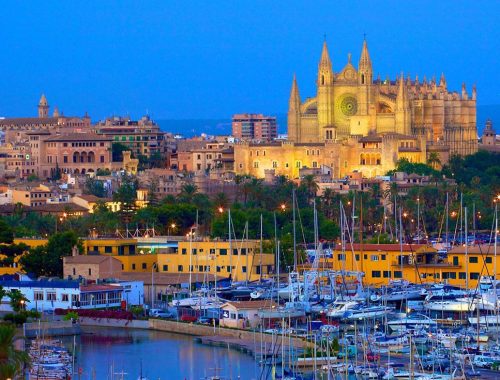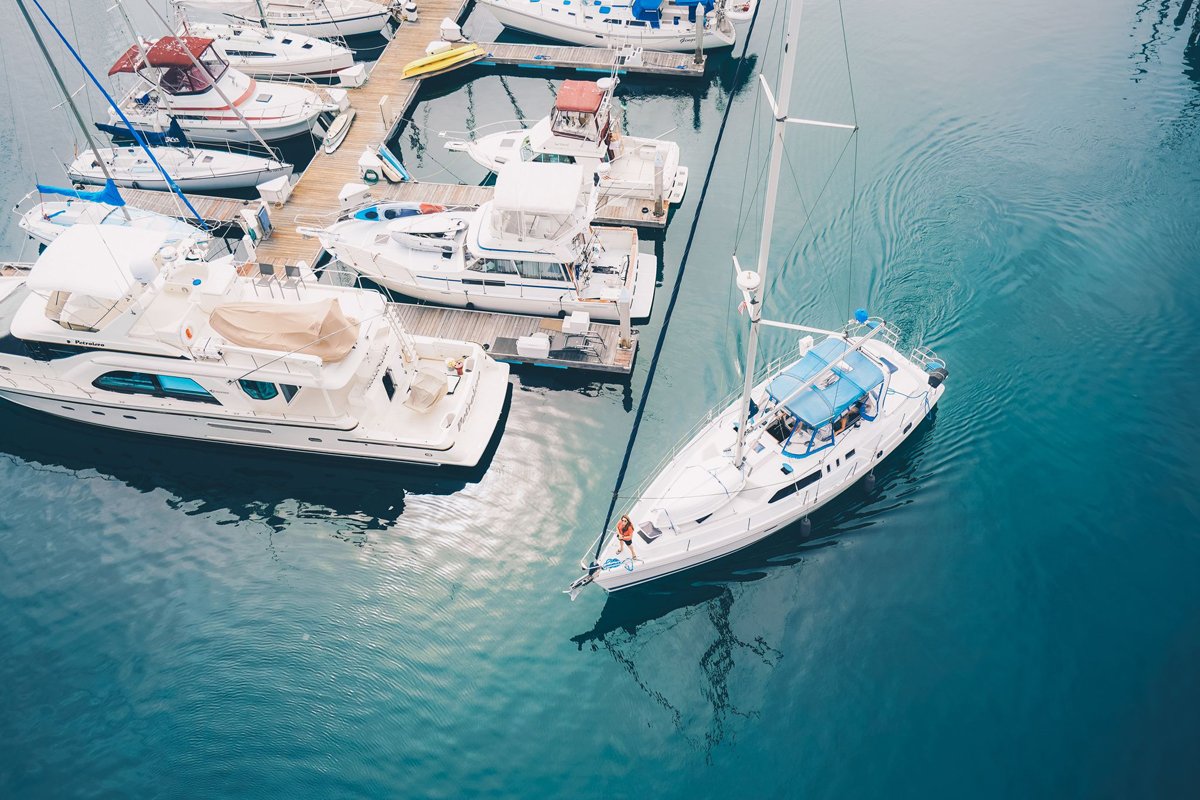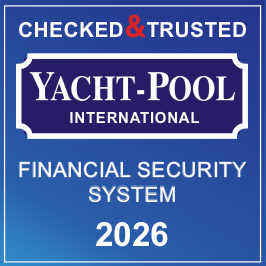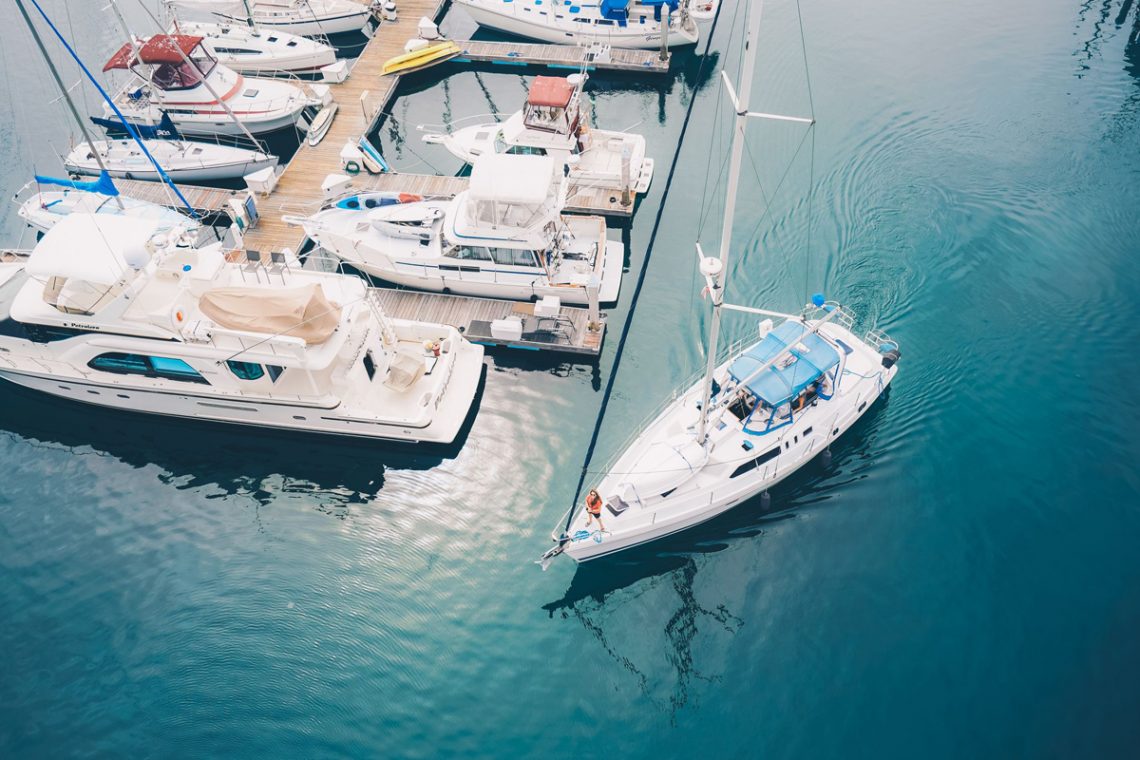
Docking in a harbor: When is it worthwhile and how to do it best
Ancoring overnight or docking in a harbor is one of the key choices when planning a sailing trip. In some cases, staying in a marina can be a better option than anchoring out—for example, in bad weather, when you are unfamiliar with a stretch of coastline, or when you need to refuel and restock provisions. However, it’s important to pay attention to certain details, especially to some essential equipment that should never be missing on board.
A night spent in a harbor changes the perspective of a sailing trip and requires a much more detailed plan of the stops you’ll make along your journey. For instance, if you’re sailing during the peak of the Mediterranean season, in July or August, you’ll need to book your berth well in advance—sometimes even months ahead. In the most popular destinations, it is nearly impossible to secure a “last-minute” spot in a marina.
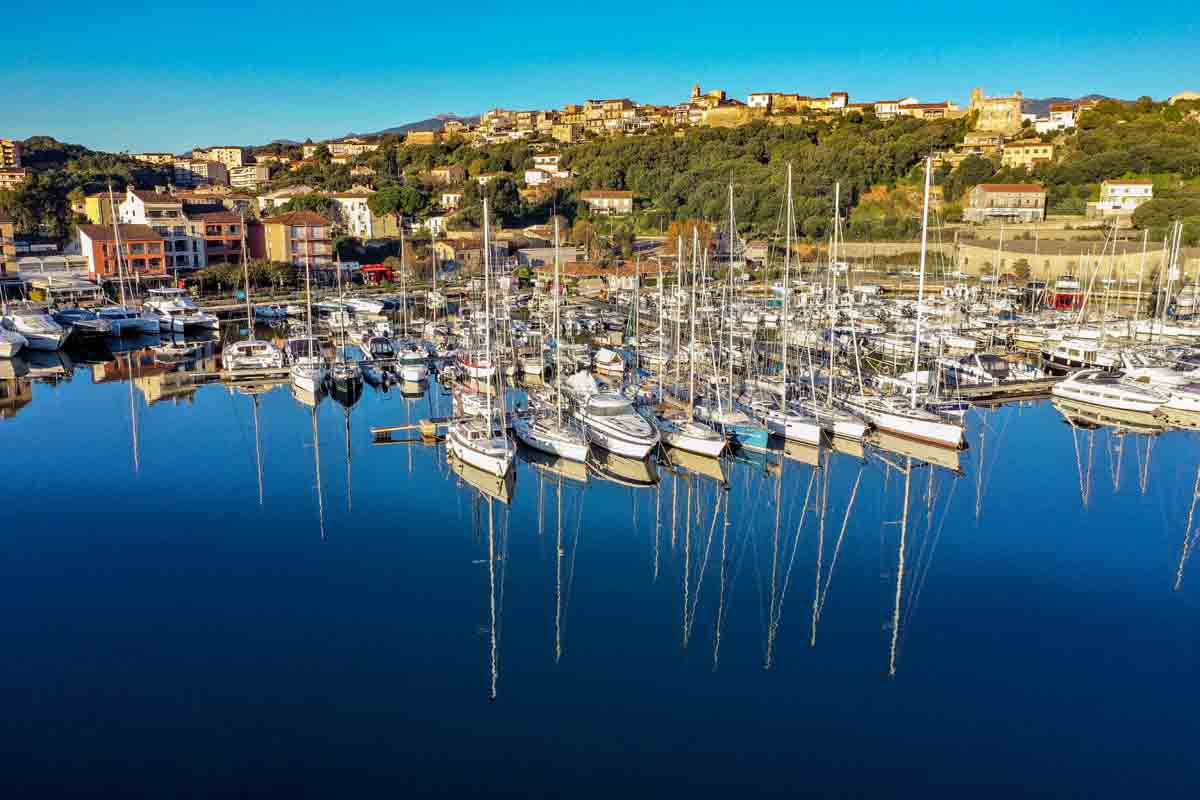
The advantages of staying in a harbor
Mooring inside a harbor or marina, however, offers a number of advantages. First and foremost are the basic services these facilities provide to sailors. For example, you can refill your freshwater tanks, fill up on fuel, and recharge the boat’s batteries if you’ve run low on power after several days at anchor. These are all factors that need to be carefully planned when staying at anchor.
The biggest benefit of staying in a harbor is that, except in cases of severe storms, you don’t have to worry about the security of your mooring overnight. Waves are rarely an issue at the dock, and generally you can choose a marina based on its exposure to crosswinds. Simply check the weather forecast and select the safest, most sheltered facilities using nautical guides and port charts.
If you have children or teenagers on board, staying in a harbor allows them to go ashore, explore the surrounding area, and enjoy themselves. Likewise, crew members who enjoy nightlife can mingle with the local scene. Of course, compared to anchoring out, this represents a very different style of vacation—more comfortable and without uncertainties. A harbor stay combines convenience and sociability, making it ideal for those seeking a relaxed, hassle-free sailing cruise.
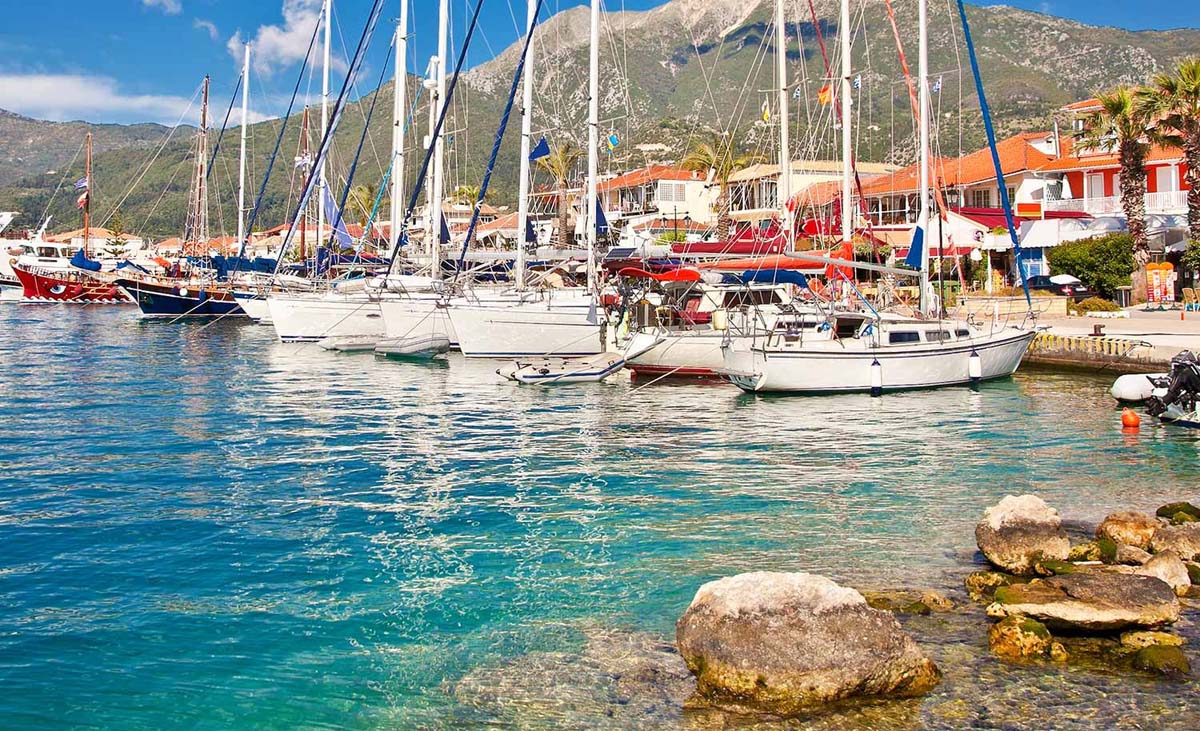
Factor in the costs of docking at the marina
When deciding whether to stay at anchor or in a harbor, you need to ask yourself: what kind of sailor am I? The comforts of a marina come at a cost: during peak season, be prepared to pay for a night in port like you would for a high-quality hotel. This naturally increases the budget for a sailing trip, which otherwise can have relatively low operating costs.
In short, while a harbor offers certain conveniences, it also requires giving up some flexibility in planning your trip. You need to book in advance, comply with any entry schedules set by the marina, and in some cases be willing to pay 100–200 € per night for a berth. Ultimately, it’s a matter of choices, priorities, and the lifestyle you want to embrace on board.
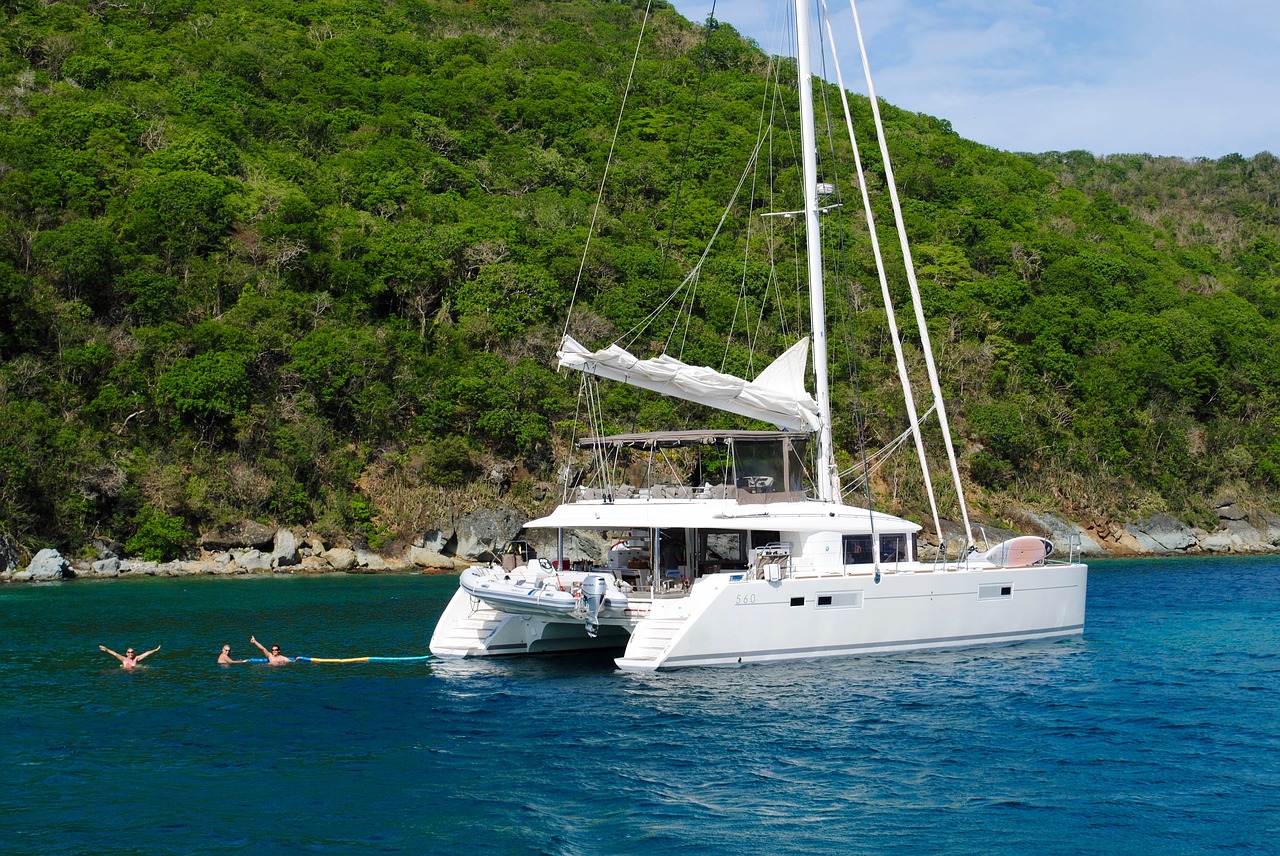
Tenders, SUPs, and fishing gear: always useful during stops
Whether you’re staying in a harbor or at anchor, there are some onboard accessories that can enhance your time when you’re not sailing. A tender is one of these. While essential for anchoring out, it can also be very useful even if you plan to spend the night in a marina—for example, for going ashore on excursions while leaving the boat at anchor, or for moving around within the marina between docks, offices, and shops. Its length should be chosen according to the size of the boat. As for propulsion, electric outboards are now widely used and can be a good alternative to traditional fuel-powered engines.
Equally useful and fun are a stand-up paddleboard or a complete set of fishing gear, perfect for spending time at anchor. These are accessories that can come in handy beyond a single stop, allowing you to enjoy an active and engaging vacation on board.
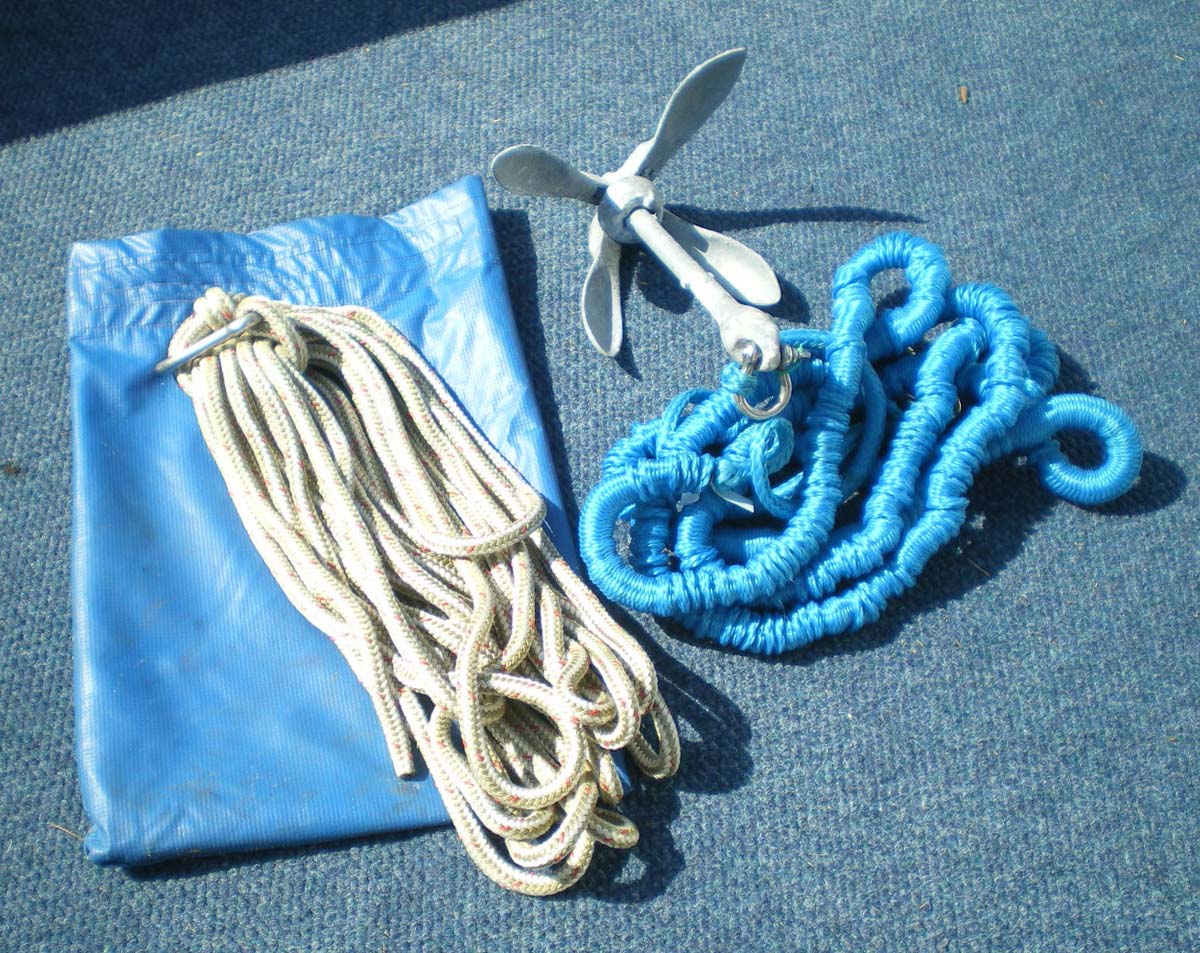
Bringing a spare anchor onboard
Don’t forget to bring a spare anchor in addition to the main one, ideally equipped with at least ten meters of chain. This can be essential when staying at anchor, especially in strong winds, allowing you to deploy a second anchor to prevent excessive swinging on the main one.
Finally, other accessories not to overlook include a good set of mask, fins, and a diving knife. These aren’t just for spearfishing or diving—they’re also useful for checking your anchorage, ensuring there are no dangerous entanglements with neighboring boats, and verifying that the anchor is holding securely.
You May Also Like
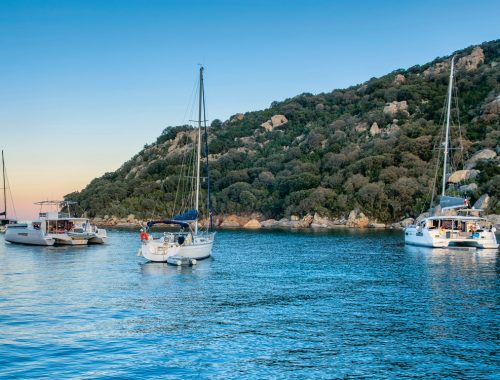
How to reduce the annoying roll during anchorages
22/12/2021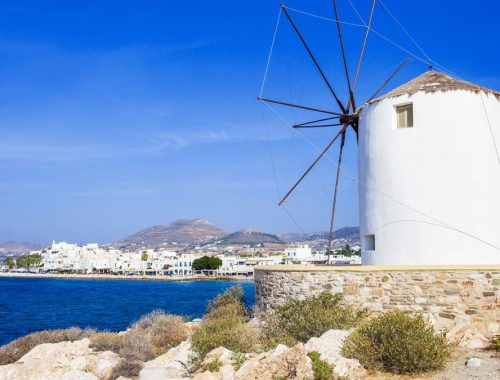
Sailing in the Cyclades: the irresistible islands that make sailors happy
03/03/2025